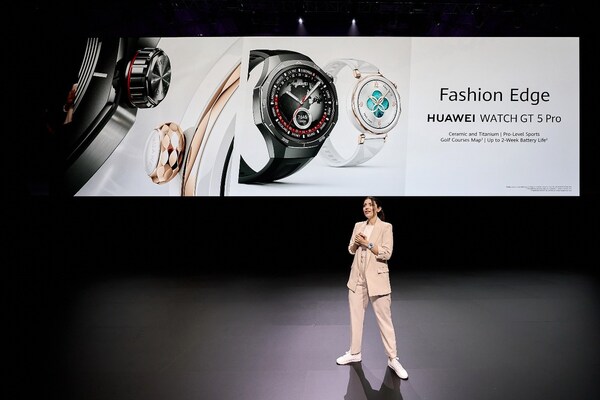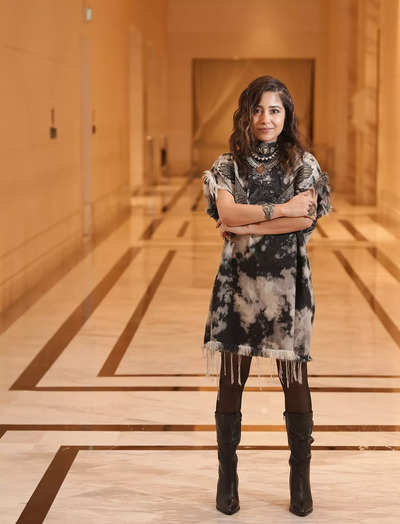CUYAHOGA FALLS, Ohio — Finnish guest conductor Hannu Lintu strode onstage at the Blossom Music Center on July 27, all six-feet-plus of him, as purposefully as the hero in Lemminkäinen’s Return. The opening work on The Cleveland Orchestra’s program on Saturday was the fourth tone poem in Jan Sibelius’s “Lemminkäinen Suite,” based on Finland’s national epic, the “Kalevala.” All he needed was a horse.
But then, with a turn toward the orchestra and a mighty downbeat, he unleashed equestrian fury from strings and woodwinds, allowing some brass aggression here and there. With loose-limbed, ropey arms and an occasional leg-lift, Lintu projected the relaxed potency of a warrior leading his team to victory. No less eventful on Saturday was principal cello Mark Kosower’s performance of William Walton’s Cello Concerto .

The work was commissioned by and dedicated to the famous Russian cellist Gregor Piatigorsky, who premiered the score in 1957 with the Boston Symphony Orchestra under Charles Munch. The opening is odd but beautiful. After an introduction of “ticking sounds” in pizzicato strings, the cello enters with a lyrical statement that Kosower deepened with his trademark warm tone and gentle vibrato.
He also showed a willingness to resolve Walton’s opposing impulses. After an enigmatic quotation from Wagner’s death-odorous Tristan appears, Kosower played the spiky, comedic music that followed with equal conviction. The soloist showed his expressive range in the two cadenzas of the finale — the first more emotional, the second more pensive.
The ending was especially satisfying, as conductor and soloist transitioned from upbeat ebullience to inwardness — descending to the cello’s deepest register and coming to rest on a poignant concluding C. The audience requested an encore, and Kosower generously presented a congenial movement of a Bach Cello Suite. After intermission, Lintu and an enormous orchestra gathered onstage for the annual event in which students from the Kent Blossom Music Festival join their Cleveland Orchestra counterparts for a side-by-side performance.
This time, the featured work was Dmitri Shostakovich’s “Symphony No. 5.” This grew the orchestra by half again, and the effect was like turning a yacht into a cruise ship: It added splendor while decreasing the turning radius of the craft.
A larger orchestra resulted in a less agile ensemble overall, but soloists could always be heard, and strings were warm and radiant throughout. There was much to enjoy in this performance. Lintu inspired a powerful, stirring performance.
Four extra horns contributed to sonorous, thrilling climaxes. Wind soloists were splendid, especially flutist Jessica Sindell, whose solos during the Largo wafted gloriously. Oboist Jeffrey Rathbun also cast his luminous sound into the night.
Hornist Michael Mayhew soared heroically during his big solo, and harpist Jody Guinn played beautifully in her Largo duet with Carolyn Warner’s celeste. Lintu led a dignified opening movement, a suitably bumptious Allegretto, a balanced Largo, and then found a perfect way to build toward a satisfying climax in the finale — by not starting too loud. Shouts and applause kept bringing Lintu back to the stage, like a warrior returning from battle to acknowledge the heroics of his forces.
The evening began with an exciting performance of Beethoven’s “Second Symphony” played by the Kent Blossom Chamber Orchestra. Daniel Reith conducted it with style and obvious delight. Kevin McLaughlin recently retired as librarian at the Cleveland Institute of Music.
A freelance writer and editor, his weekly podcast on early jazz, “At the Jazz Band Ball,” may be found on a variety of podcast platforms..



















